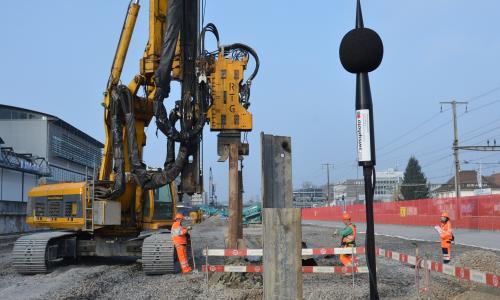Ropeways Monitoring Zermatt
Permanent ropeways pillar monitoring
Thawing permafrost due to global warming or other changes in the subsoil can lead to instability in mountain railways and restaurants. Zermatt Bergbahnen decided to monitor this problem with permanent GNSS and laser distance measurements on various mountain railway masts. Depending on the task, the GNSS sensors were attached to the mast foundations or the yoke. The laser distance sensors permanently measure distances between large support feet in order to detect uneven deformations.
In this way, the mountain railways increase the safety of their installations and can immediately initiate appropriate stabilisation measures in the event of any movements in the terrain or foundations. Knowing the exact, daily updated 3D position of the masts also allows the maintenance of the lifts to be optimised, which can lead to cost savings.
Services
- Delivery, installation and commissioning of 9 autonomous, solar-powered TEDAMOS GNSS sensors, 2 local GNSS reference stations and 2 laser distance sensors
- GNSS: automatic monitoring with high-precision 4-hour solutions (< 3 mm in position) at various mountain railway masts
- Hourly laser distance measurements with <1 mm measurement accuracy
- Online access to current measured values via web-based customer portal
Technologies
- 9 solar-powered TEDAMOS GNSS sensors (data communication GSM mobile radio)
- 2 TEDAMOS GNSS reference stations (data communication via LAN)
- 2 solar-powered laser distance sensors (data communication via GSM mobile radio)
- TEDAMOS Web, password-protected customer portal with 24/7 access
More reference projects
Ropeways Monitoring Zermatt
Zermatt, Switzerland
Permanent ropeways pillar monitoring


Permafrost monitoring at Piz Nair, St. Moritz
St. Moritz, Switzerland
Site and infrastructure monitoring

Subway access Tunnel Oberhafen Hamburg
Hamburg, Germany
Automatic track monitoring in collaboration with our partner company Hanack & Partner mbB

Track disentanglement Bern Wylerfeld
Bern, Switzerland
Monitoring during construction with geodetic and environmental sensors
